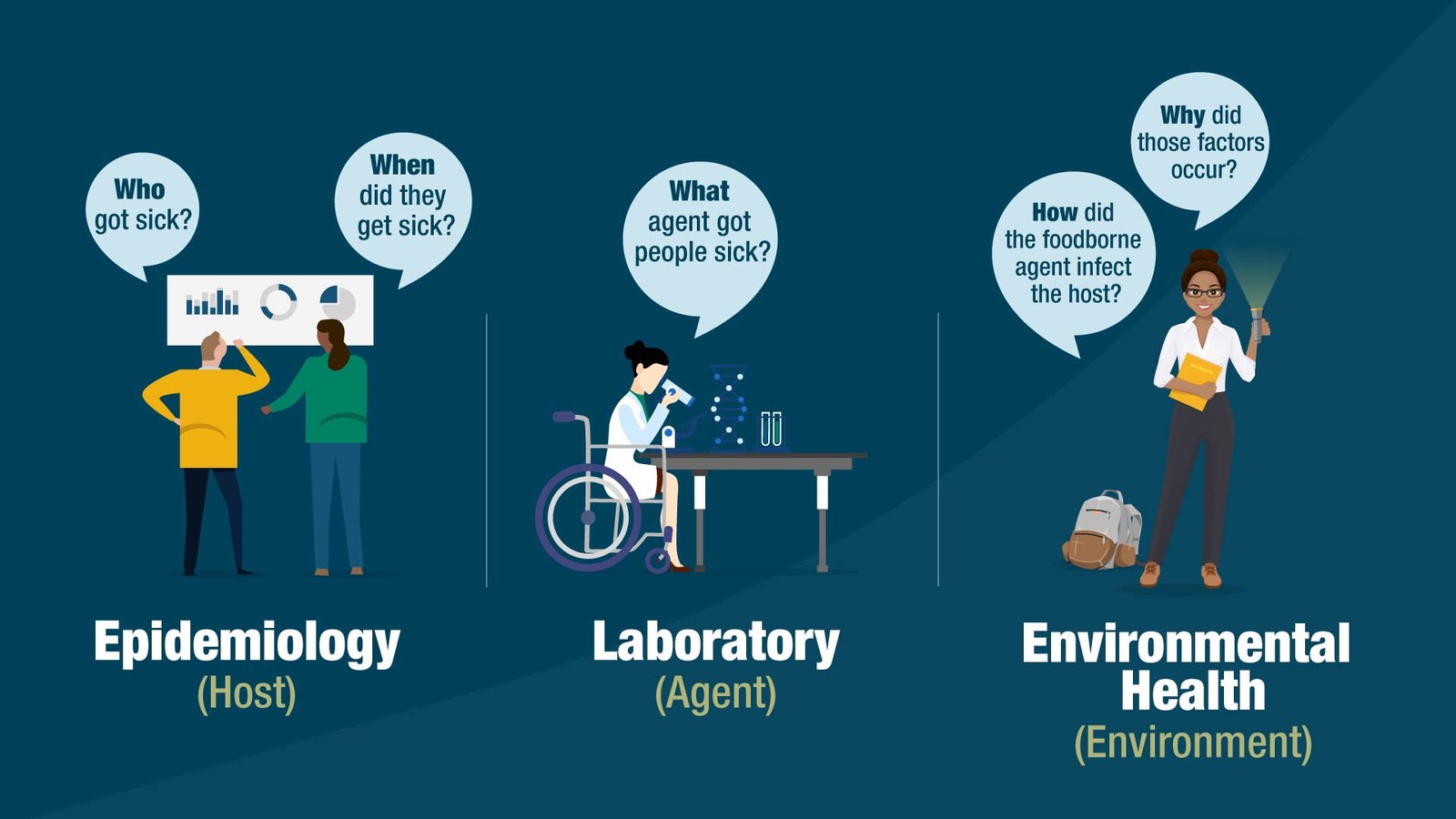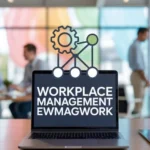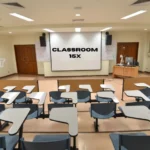Introduction
In today’s fast-changing learning and corporate environments, traditional events or lectures often fail to inspire deep participation or long-term retention. That’s why the concept of a Hosted Event PBLGameVent has become increasingly popular. This format merges Problem-Based Learning (PBL) with gamification and professional event hosting to create a highly interactive, results-driven experience. Participants don’t just listen — they play, solve, collaborate, and reflect in real time.
A PBLGameVent transforms learning into an engaging challenge, blending the fun of a game with the structure of professional facilitation. It encourages critical thinking, teamwork, creativity, and active problem-solving, making it a preferred format for training sessions, conferences, schools, and company workshops.
In this guide, you’ll learn what a Hosted Event PBLGameVent is, how to design one effectively, and the steps to ensure it succeeds — from concept to post-event reflection.
What Is a Hosted Event PBLGameVent?
A Hosted Event PBLGameVent combines three essential elements:
-
Hosting — a live facilitator or event manager guides the flow, engagement, and energy.
-
Problem-Based Learning (PBL) — participants solve real-life problems through structured challenges.
-
Gamification — scoring, missions, and rewards make the experience competitive and fun.
This unique combination transforms a standard workshop into an adventure where participants actively create solutions, compete for success, and learn by doing. It promotes engagement, teamwork, and retention by turning every learning point into an actionable mission.
Organizations, educators, and event planners use PBLGameVents to boost creativity, communication, and applied problem-solving — the exact skills needed in modern workplaces.
Core Benefits of Hosting a PBLGameVent
-
Increases Engagement – Participants remain focused because they are part of the action rather than passive listeners.
-
Enhances Learning Retention – Real-world tasks improve understanding and memory.
-
Builds Collaboration – Team challenges encourage communication and trust.
-
Provides Measurable Results – Scoring systems track performance and learning outcomes.
-
Flexible Format – Can be hosted in-person, online, or hybrid.
Whether you’re training employees, hosting a student event, or running a creative competition, a well-executed PBLGameVent ensures lasting impact.
Essential Components of a Successful PBLGameVent
| Component | Purpose | Best Practice |
|---|---|---|
| Learning Objectives | Define outcomes | Choose 2–4 measurable goals (skills or knowledge). |
| Scenarios / Challenges | Core activity | Use realistic, meaningful tasks linked to objectives. |
| Game Mechanics | Motivation engine | Include points, levels, badges, or leaderboards. |
| Team Structure | Collaboration | Mix skill sets, assign roles, and balance team sizes. |
| Facilitation | Keeps flow steady | Trained hosts guide pacing and resolve confusion. |
| Technology / Tools | Enable interaction | Use timers, dashboards, or collaboration apps. |
| Reflection & Debrief | Deepens learning | Allow teams to analyze results and discuss lessons. |
| Follow-Up Activities | Sustain momentum | Provide post-event feedback and next-step resources. |
Step-by-Step Guide to Hosting a PBLGameVent
Step 1: Define Purpose and Audience
Before anything else, determine the event’s purpose — is it for learning, innovation, or team building? Identify your target participants and their experience level. This helps shape the tone, language, and complexity of challenges.
Step 2: Establish Clear Objectives
Set specific, measurable objectives. For example:
-
Improve teamwork and communication skills.
-
Enhance critical thinking and problem-solving ability.
-
Increase engagement with company culture or products.
Step 3: Design Challenges and Scenarios
Create real-world problems aligned with your objectives. Each challenge should:
-
Have clear rules and deliverables.
-
Encourage creativity and logical reasoning.
-
Include multiple solutions or paths to success.
-
Be time-bound to add excitement.
Example: “Design a sustainable product in 90 minutes using limited resources.”
Step 4: Build Game Mechanics
Add gamification to keep participants motivated:
-
Assign points for creativity, teamwork, and accuracy.
-
Introduce surprise bonus rounds or time penalties.
-
Use leaderboards for visual progress.
-
Offer small prizes or digital badges to winners.
Step 5: Organize Teams and Roles
Form teams with diverse skills and personalities. Assign clear roles such as:
-
Leader (manages the team flow)
-
Researcher (gathers data and insights)
-
Designer (creates solutions)
-
Presenter (pitches the final idea)
Balanced roles prevent domination by one participant and ensure everyone contributes.
Step 6: Prepare Materials and Tools
Depending on your format:
-
In-person: Use boards, props, and printed materials.
-
Virtual: Use breakout rooms, timers, shared documents, and chat tools.
Check audio-visual quality and run a rehearsal to avoid glitches.
Step 7: Train the Host or Facilitator
A skilled host ensures energy and direction. The host:
-
Explains rules clearly.
-
Encourages shy participants.
-
Keeps time.
-
Resolves disputes or confusion.
-
Ensures learning stays central, not just competition.
Step 8: Promote the Event
Market your event using social media, newsletters, or internal communication channels. Provide a short teaser — maybe a mystery challenge — to build excitement before the day.
Step 9: Execute the Event
On the day:
-
Welcome participants and explain goals.
-
Run an icebreaker activity.
-
Introduce the first challenge with a countdown timer.
-
Track points and announce mid-event updates.
-
Maintain enthusiasm and fair play.
Allow short breaks and keep energy high with background music or visual cues.
Step 10: Conduct the Debrief Session
After challenges conclude, guide participants through a reflection phase:
-
What strategies worked best?
-
What did you learn about collaboration?
-
How can lessons apply to real work or study?
The debrief converts fun into learning and insight.
Step 11: Evaluate and Follow Up
Gather feedback through surveys or discussions. Share results, scores, and key takeaways. Send follow-up content such as recorded highlights, learning summaries, or certificates. Continuous engagement reinforces the learning outcomes.
Tips for a High-Impact PBLGameVent
-
Keep challenges realistic – relevance drives engagement.
-
Balance competition and collaboration – too much rivalry can discourage weaker teams.
-
Use storytelling – frame the event like a mission or adventure.
-
Incorporate reflection time – ensure participants internalize lessons.
-
Test technology – avoid tech failures that break momentum.
-
Recognize all participants – celebrate effort, not only winners.
-
Adapt on the fly – flexibility allows smoother event flow.
-
Document insights – record outcomes for future planning.
Common Mistakes to Avoid
-
Poorly defined goals – without clear learning targets, the event feels random.
-
Overly complex rules – simplicity keeps focus on learning, not confusion.
-
Weak facilitation – untrained hosts may lose control of pacing or engagement.
-
Ignoring feedback – post-event reflection is vital for improvement.
-
No follow-up – without reinforcement, lessons fade quickly.
Avoiding these pitfalls keeps your event organized, educational, and memorable.
Practical Use Cases
-
Corporate Training: Teach leadership, communication, or innovation skills through simulated challenges.
-
Academic Learning: Students solve real-world academic problems collaboratively.
-
Community Events: Non-profits use it to raise awareness on issues through fun activities.
-
Team Building: Departments strengthen trust and communication in a playful environment.
-
Conferences: Instead of static lectures, attendees engage in live challenge tracks.
The flexibility of a Hosted Event PBLGameVent makes it ideal for any setting focused on growth, creativity, and teamwork.
How to Measure Success
Measuring results is key to showing value. You can assess success through:
-
Participant Feedback – Collect satisfaction surveys or testimonials.
-
Engagement Metrics – Track participation rates and activity levels.
-
Performance Scores – Use point systems to show learning progress.
-
Learning Outcomes – Measure knowledge retention through short quizzes.
-
Behavioral Change – Evaluate how participants apply skills afterward.
Use these insights to refine your next PBLGameVent and continuously raise its impact.
Advantages of Virtual and Hybrid Formats
The PBLGameVent concept adapts easily to virtual or hybrid setups. Online tools like breakout rooms, polls, and scoreboards allow global participation. Hybrid models mix on-site and online groups, creating diversity and scalability. The key is clear communication and synchronized facilitation so that every participant feels equally involved regardless of location.
Building E-E-A-T in Your Event
When you host a PBLGameVent, applying E-E-A-T principles (Experience, Expertise, Authoritativeness, and Trust) ensures quality:
-
Experience: Use real examples and scenarios drawn from your field.
-
Expertise: Work with trained facilitators or subject specialists.
-
Authoritativeness: Present credible data, rules, and outcomes.
-
Trust: Be transparent about scoring, feedback, and goals.
Following E-E-A-T principles increases confidence, credibility, and participant satisfaction.
Read More: Tamildhooms.com Review 2025: What You Must Know
Conclusion
A Hosted Event PBLGameVent is more than just a training game — it’s a transformative learning experience. By combining structured facilitation, real-world problem solving, and engaging game mechanics, you create an environment where people think critically, collaborate effectively, and have fun while learning.
Success depends on clear objectives, careful design, skilled facilitation, and thoughtful follow-up. When executed well, a PBLGameVent builds stronger teams, enhances skill development, and delivers measurable results. It suits organizations, educators, and innovators seeking a fresh, impactful way to teach and motivate.
Start small — perhaps with a single challenge — and expand as confidence grows. Every event will strengthen your ability to connect, educate, and inspire through playful yet purposeful learning.
FAQs
1. What is a Hosted Event PBLGameVent?
It’s an interactive learning event combining problem-based learning with gamification, guided by a facilitator.
2. How long should a PBLGameVent last?
Most run from three hours to two days, depending on challenge complexity and participant size.
3. Can a PBLGameVent be hosted online?
Yes, virtual and hybrid formats are highly effective with the right digital collaboration tools.
4. What skills do participants gain?
They improve problem-solving, teamwork, communication, creativity, and critical thinking.
5. How do you measure event success?
Track engagement, performance scores, participant feedback, and post-event application of learned skills.










